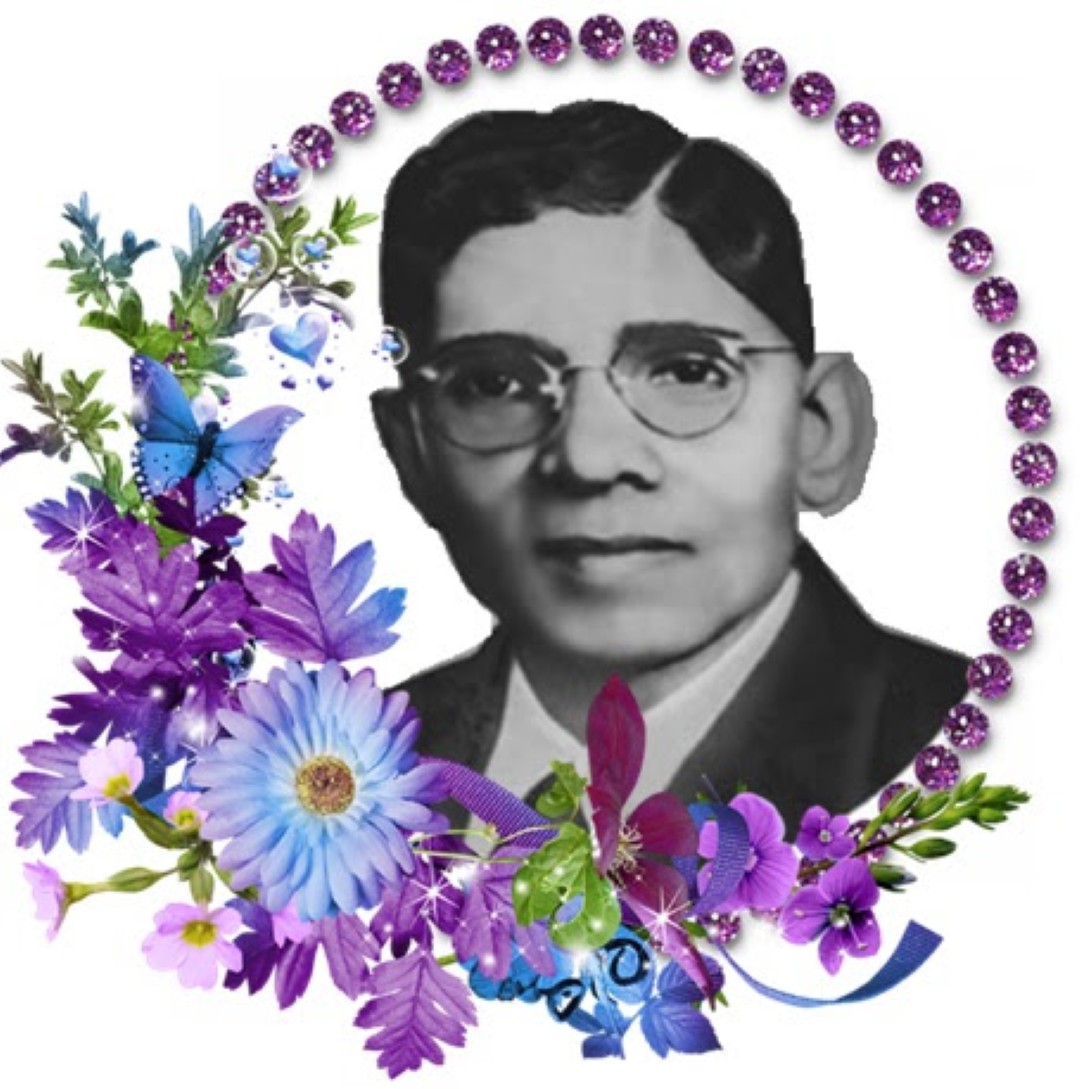


Thiru V. Seshasayee was born in the year 1890 in the village of Valadi, a suburb of Thiruchirappalli. He came from a middle-class family of modest means. V. Seshasayee studied in St. Joseph’s High School until he matriculated from there. Impressed by the intelligence and technical acumen of Thiru V. Seshasayee, Mr. Winter, Chief Electrical and Signal Engineer of the South Indian Railway, recruited him as an apprentice, which gave Thiru V. Seshasayee an opportunity to learn many new things. In fact, he helped Mr. Winter to devise the ‘Block System’ which has been used by the Railways ever since.
Thiru V. Seshasayee and Thiru R. Seshasayee, with a couple of friends, set up a small engineering workshop called “The Seshasayee Brothers Engineering Works” and repaired oil engines, automobiles, generator set installations, etc. They made a mark especially by rectifying and commissioning an electrical generator set, battery, and an ice-making plant in the palace of Raja Dinakar, followed by temple lighting at Rameshwaram, Madurai, and in the houses of rich Nagarathars of Devakottai, Karaikudi, and Kanadukathan. The firm also developed the first passenger vehicle with Mr. Carter of Addison & Company.
A public limited company was formed under the name and style of ‘The Tiruchy Srirangam Electric Supply Corporation Limited’ and almost simultaneously a similar company in Devakottai by the name ‘Sri Meenakshi Sundareshwarar Electric Supply Corporation Limited’ to distribute D.C. They established the first A.C. supply system in the state in Devakottai in 1927 and Tiruchirappalli in 1928. By 1934, the Tiruchirappalli power station had become the biggest diesel power station then in South India, and a number of diesel power stations sprang up in various cities.
Thiru V. Seshasayee saw the wisdom of hydro power schemes as the ultimate solution for the state’s rapidly increasing power needs and engaged in hydroelectric power generation utilizing the waters of Pykara in Nilgiris so that a statewide grid could be set up and hydro power distributed to all the cities rather than the costlier oil power. Thiru V. Seshasayee’s enterprise, vision, foresight, and continuous cooperation with the government were primarily responsible for the robust electricity supply system we have today.
Thiru V. Seshasayee successfully commissioned a small caustic soda plant, the first of its type in India, at Mettur Dam known as Mettur Chemicals, for which the then Madras Government had offered special attractive power tariffs. Today, this factory is one of India’s leading producers of basic chemicals like caustic soda, bleaching powder, liquid chlorine, and other related products. Thiru V. Seshasayee assisted in commissioning a 50,000-ton sulphate plant in Travancore using electrolytic processes and also diversified the end products to urea and ammonium nitrate.
Thiru V. Seshasayee actively promoted the exploitation of gypsum mining in Trichy district and assisted in establishing salt manufacture in Athirampathinam and Vedharanyam. He formed “Seshasayee Industries Limited” and established a 1200-ton high insulator factory with an associated forging shop and a foundry at Neyveli in South Arcot District, and around 5000 people were employed in these industries directly. As an outcome of his enterprise, the South Indian public, essentially interested in agriculture, grew industrial-minded and started lending support to entrepreneurs who followed in his way. South India has been fairly well drawn in the industrial map of India.
Thiru V. Seshasayee was an active member of the co-operative movement. He formed a building co-operative society nearly 50 years ago in Tiruchirappalli, which built houses worth over rupees 30 lakh for middle-class people. As its director since inception, and president from 1939 to 1958, he encouraged his staff to form small co-operatives for their various needs like provision shops, credit and loan societies, etc. Thiru V. Seshasayee was unostentatious, business-like, and friendly to all with a keen sense of justice and fair play. He looked to his responsibilities as a businessman very seriously without any compromise. He died on 19th October, 1958.
→ SIT, the first government-aided Polytechnic earned Autonomous status in the year....
→ SIT, the first and only government-aided Polytechnic having the sandwich program "Paper Technology" since ....
→ SIT, the first government-aided Polytechnic, in Tiruchirapalli district, has been accredited for the programs Mechanical, Computer Engineering, Instrumentation and Control Engineering, and Paper Technology by the National Board of Accreditation (NBA) during February 2024.
→ SIT, the forerunner among the government-aided polytechnics in Tiruchirapalli district, having the state-of-the-art laboratories, machine equipment for students' education.
Copyright SIT-Trichy All Rights Reserved
Designed By : Department of Computer Engineering